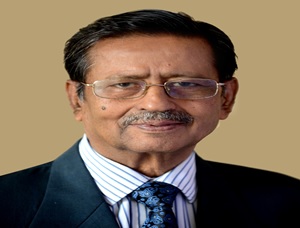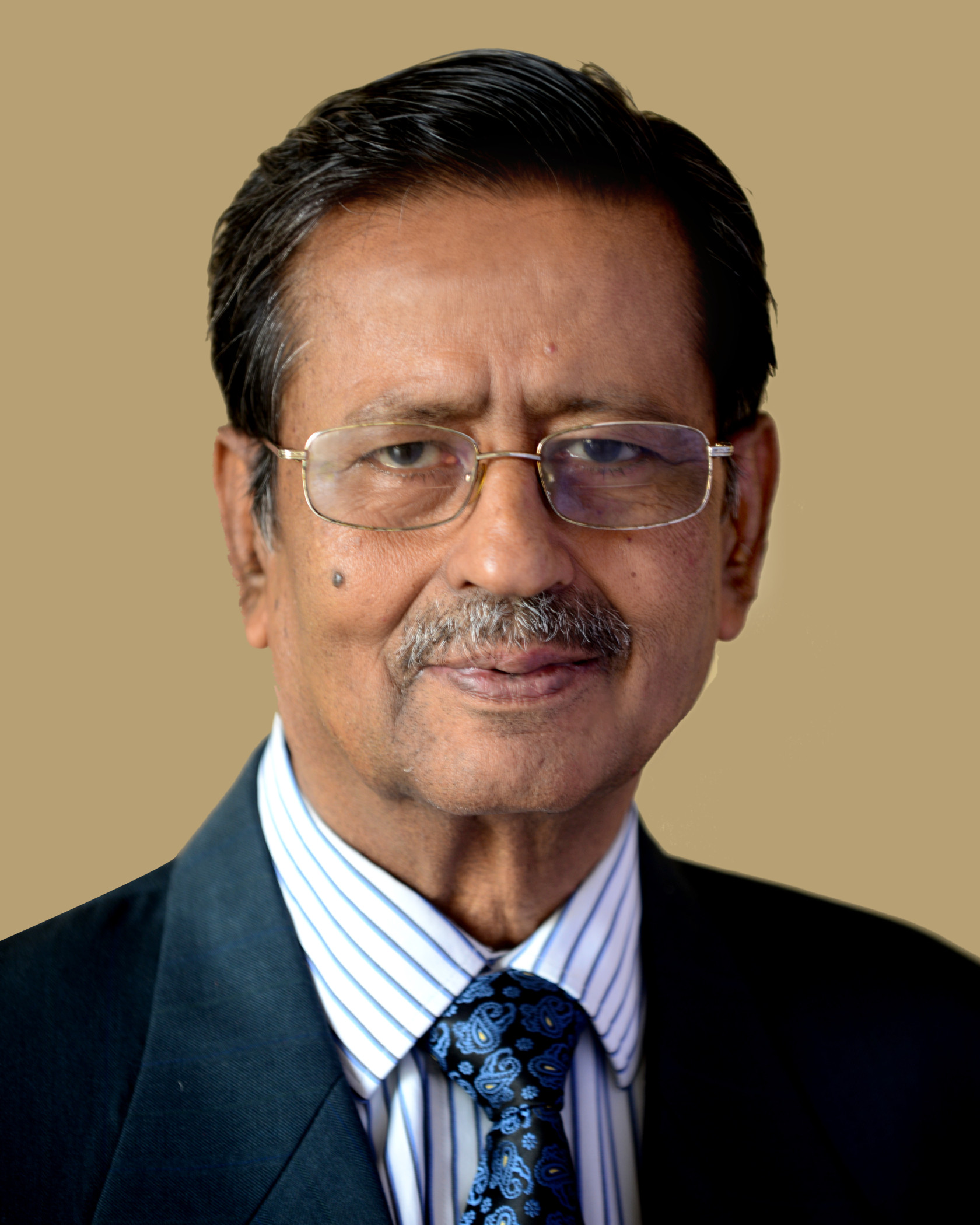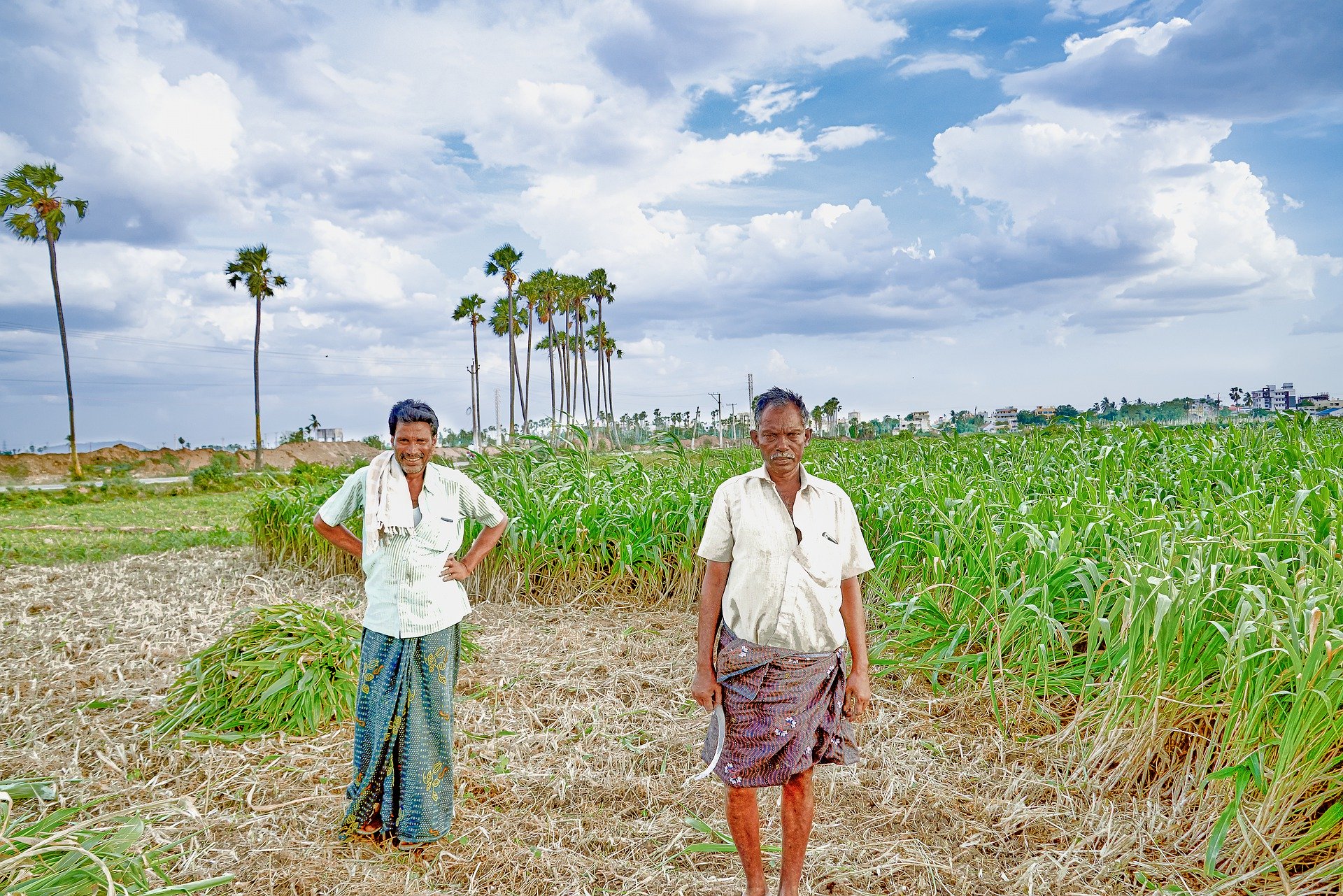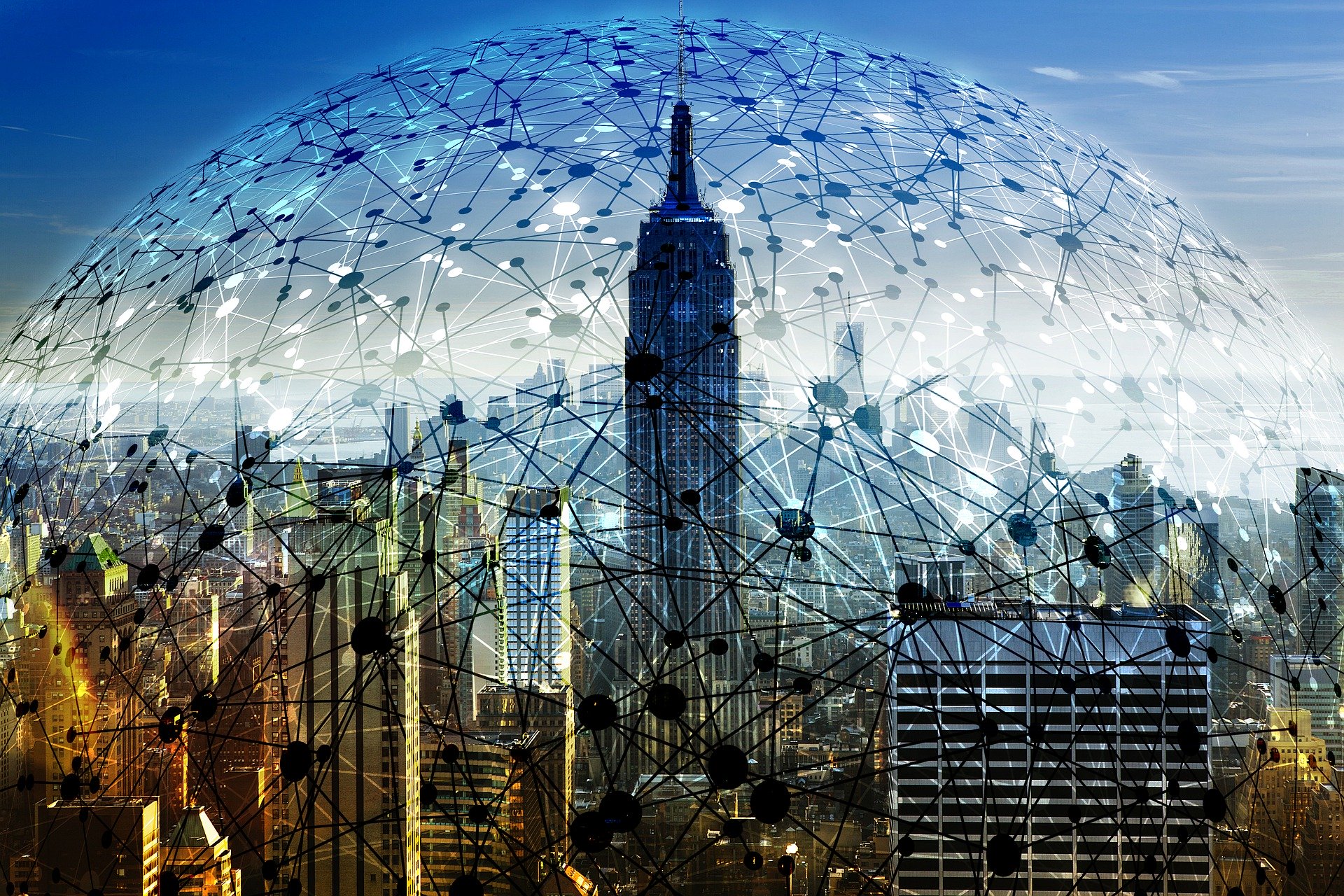


Prof. Arunaditya Sahay
Dean (Research)
Professor of Strategic Management, BIMTECH (View Full Profile)



Life has different meanings; it depends upon the lens you are using to look at life. One of the dictionaries defines life as “the condition that distinguishes organisms from inorganic objects and dead organisms, being manifest by growth through metabolism, reproduction, and the power of adaptation to environment through changes originating internally.” Biologists have a similar definition of life.
They believe life to be the aspect of existence that processes, acts, reacts, evaluates, and evolves through growth (reproduction and metabolism). The crucial difference between life and non-life (or non-living things) is that life uses energy for physical and conscious development.”

While there are as many views of life seen through the many lenses we use, I like Dalai Lama’s perception of life, “Our prime purpose in this life is to help others. And if you can’t help them, at least don’t hurt them.” Livelihood, on the other hand, can be best defined as the methods and means of making a living in the world. The concept of livelihood revolves around resources such as land/property, crops, food, knowledge, finances, social relationships, and their interrelated connection with the political, economic, and sociocultural characteristics of an individual community.
Towards Sustainable Living
A livelihood consists of capabilities, assets, and activities that are required for living. A sustainable livelihood is defined by the UN Economic and Social Commission for Asia and the Pacific as “the ability to cope and recover from unexpected events, while at the same time, enhancing current and future capabilities” (UN-ESCAP, 2008).

A livelihood is sustainable when it can cope with and recover from stresses and shocks, maintain or enhance its capabilities and assets, while not undermining the natural resource base. United Nations, through its Sustainable Development Goals (SDGs) that integrates a suite of social, environmental and economic metrics, have led various international development organisations to formalise these concepts into a sustainable livelihood framework (SLF) which addresses assets, strategies, outcomes, rules, risks and influence.
Saving the Economy or Saving Human Lives?
Between life and livelihood, our Prime Minister, Narendra Modi, chose the former, as he imposed the lockdown on March 24. No doubt, this affected adversely many livelihoods, especially for the bottom of the pyramid. The distress caused by the lockdown spread among all sections of the society in varying degree. Some affected socially, some other mentally while large number economically. Unperturbed, the central government, in consultation with state governments, announced the lockdown 2 and lockdown 3, which is still running. As we are nearing the end of the lockdown 3 period, the economy and livelihoods have been seriously damaged.

There has been tremendous pressure from both the agriculture and industry bodies to opt for an optimum policy that should help to start economic activities. There plea is that there will be adverse effect on life that government wants to save as many may die because of hunger rather than from corona bite.
In a balancing act, many states decided to open liquor shops as sale of liquor gives high revenue to state government through excise duty. A big queue, without maintaining social distance, emerged in front of liquor shops. The situation got so out of control that the matter was taken to court where it was suggested that the liquor delivery be made to home through various delivery channels rather than vending at the shops that is endangering life. By the way, liquor is neither essential for life nor for livelihood.
The present situation is complex, not only in India, but all over the world. It seems governments, globally, are now tilting towards livelihood. Among the world leaders, Trump has been most vocal; he is of the view that economy must be rescued despite the advice of his health experts, like Dr. Anthony Fauci of the National Institute of Allergy and Infectious Diseases to the contrary.
President Trump, who is in a hurry due to ensuing election, said, “America will again — and soon — be open for business.” Boris Johnson, the UK Prime Minister, on the other hand said “Britain is beginning to turn the tide in the fight against the coronavirus but this is not the time to relax the nationwide lockdown. Easing off would be to throw away all the effort and the sacrifice of the British people and to risk a second major outbreak.”

Life and Dignity: The Constitutional Right
I believe that cure should not be worse than the disease. If people are dying because of Covid19 infection and we try to provide cure by lockdowns, it will cripple the economy resulting in the loss of millions of job, will livelihood be sustained? Life first or livelihood first is the dilemma every government is facing. The “Right to Life and Livelihood” has been guaranteed to all citizens by Article 21 of the Constitution of India. The government is, therefore, obliged to ensure the protection of the life as well as the livelihood. Further, Article 39(1) (a) obliges the state to direct policy towards securing adequate means of livelihood to citizens and Article 41 obliges the state to make effective provision for securing right to work within limits of economic capacity. Such protection must be equal, without any discrimination on ground of religion, race, caste, creed or status.

At present, there is stark inequality amongst Indian population in terms of wealth, resources, or opportunities. This corona crisis, as of date, has made those divisions even sharper as thousands at the bottom of pyramid citizen started walking to their homes, thousands of miles away, on their feet without any money in their hands. Both their life and livelihood has got into in danger.
In my view, this is not an either-or scenario but an and scenario, as defined in the Constitution. The government needs to do both within the constraints of our economy and healthcare challenges. This is not an easy task; the government has to take a decision in this extremely difficult situation – whether to lift or continue with the lockdown. On one hand, Covid19 across most parts of the country, with few exceptions, is spreading unabated, thus, it is impossible to take a stand that the virus has been contained.
On the other hand, with the economy at a grinding halt, millions are without jobs and wages, dependent only on doles. Besides some assistance from the government, the voluntary organizations have looked after them so far; they have somehow survived warding off hunger but how long will they be able to? The nation is facing a crisis of unimaginable and unmanageable proportions. No one knows how many are presently infected and how many more will be; how many infected will recover and how many will die, whether due to the virus or due to starvation. Life and livelihood may be different in theory but they have now become two sides of the same coin affecting humanity.
The Prime Minister is the leader of the nation, and he must realise that he has the responsibility of ensuring the life and livelihood of 1.3 billion people; he needs to tap on every available human and material resource from within as well as outside the country. Best minds, best ideas and best execution are needed today. Gone are the days of mediocrity and procrastination. He has, at his disposal, the nation’s best brains to think out of the box and act accordingly.

Despite experts from various fields like science, IT, health, medicine, finance, agriculture, business, human resources and law, he has to apply his mind in the interest of 1.3 billion people, their life and livelihood being at the highest priority. This national cause certainly requires prime pumping the economy as well. Needless to say, States must give their inputs; federal structure should not only be maintained but respected and strengthened as the action lies in every village panchayat, block, subdivision and district. Let us hope that leaders at every level rise to the occasion to protect both life and livelihood.











